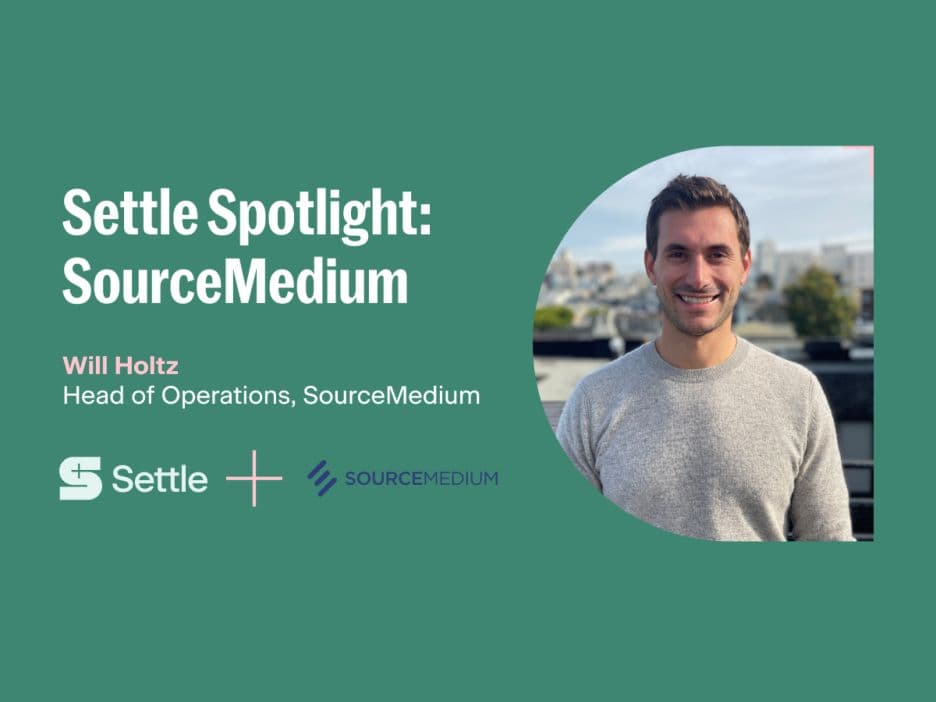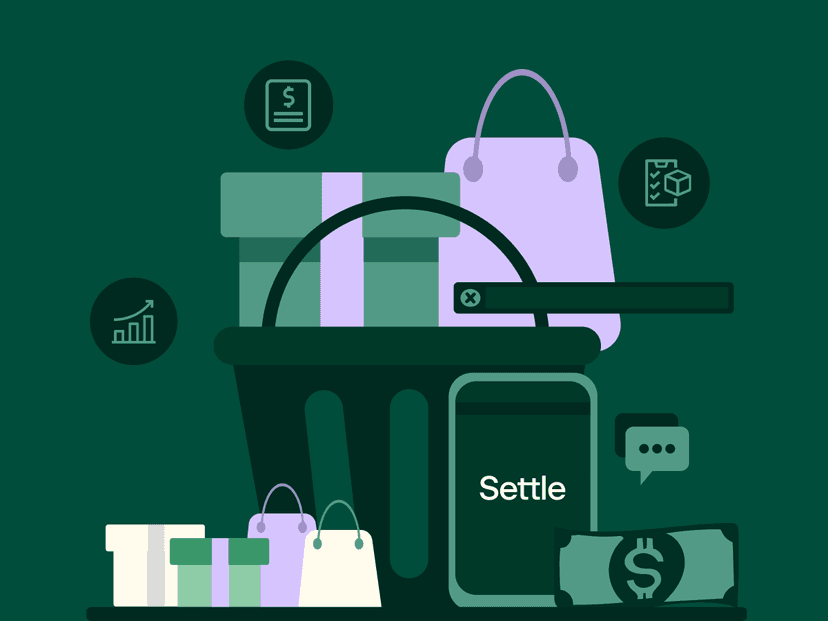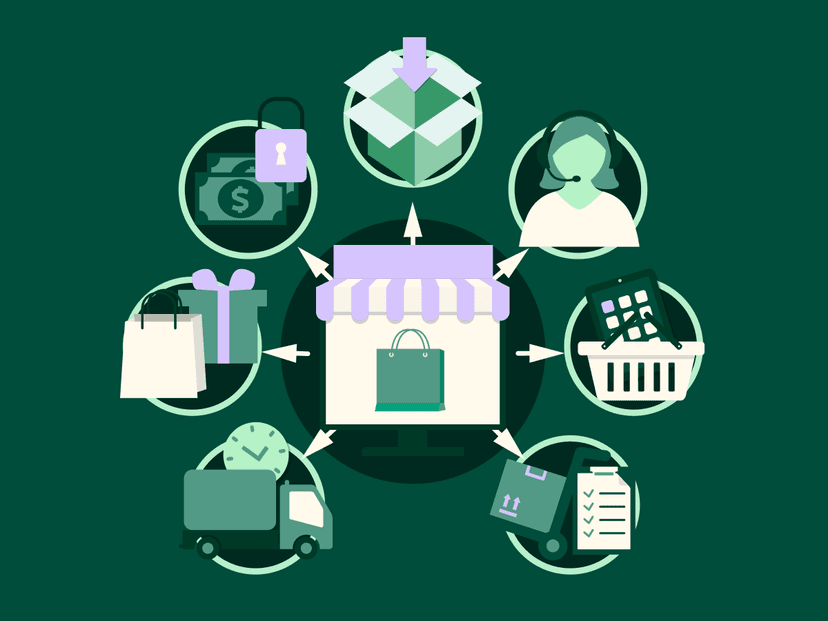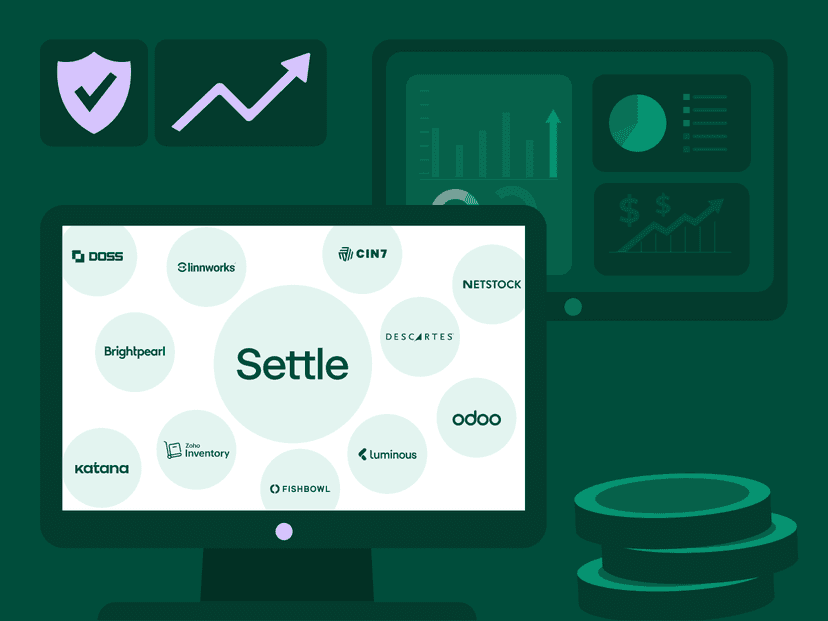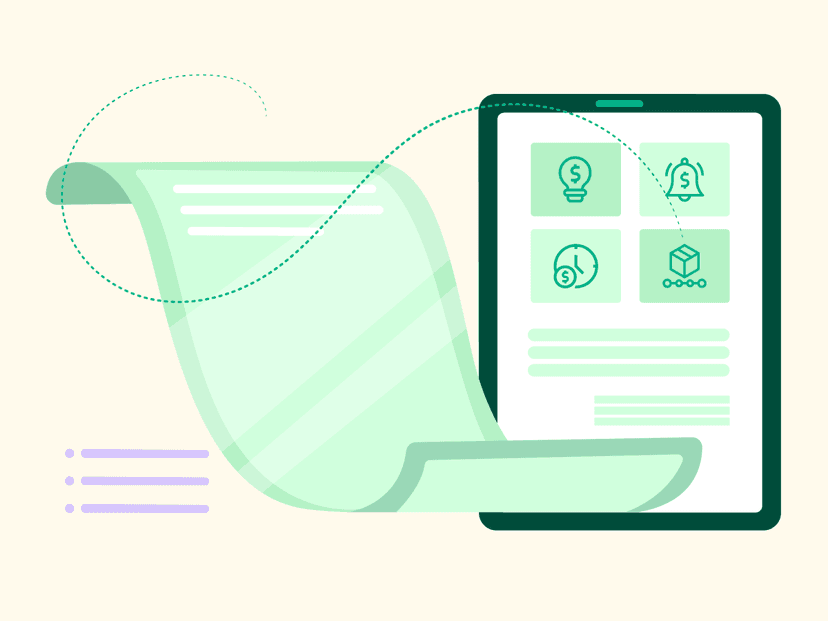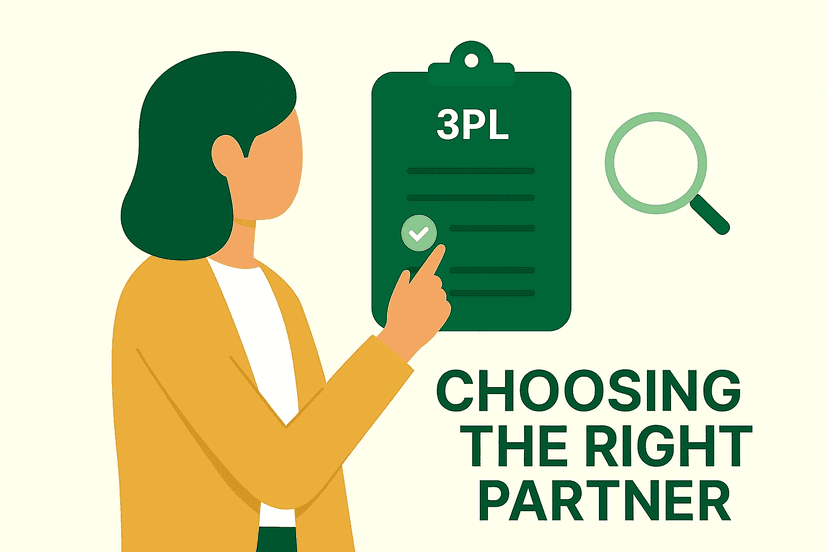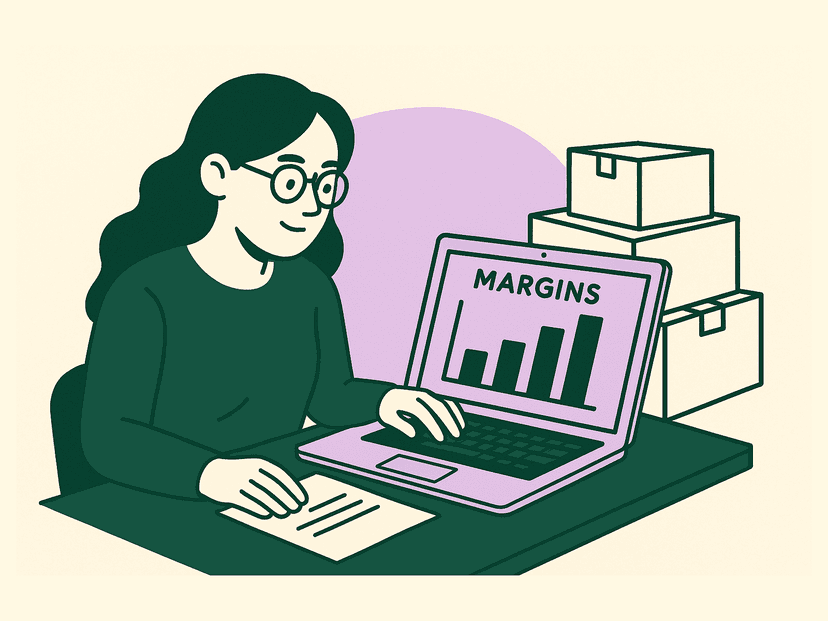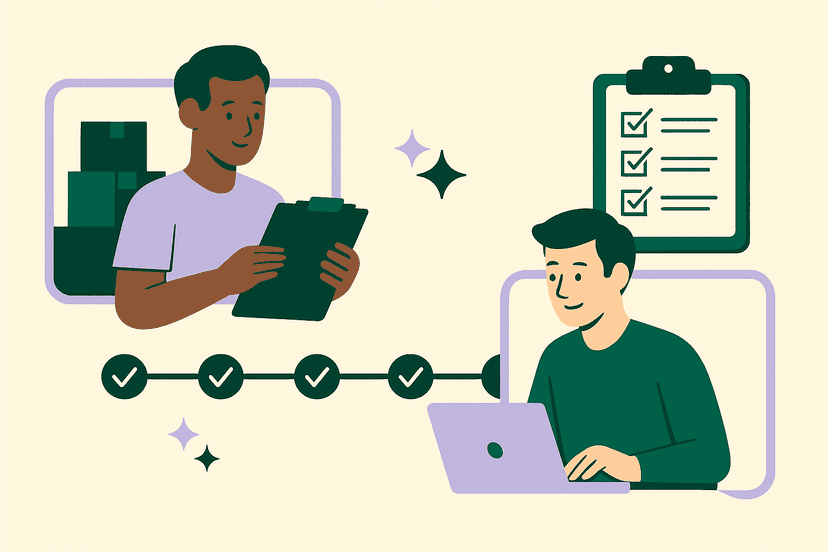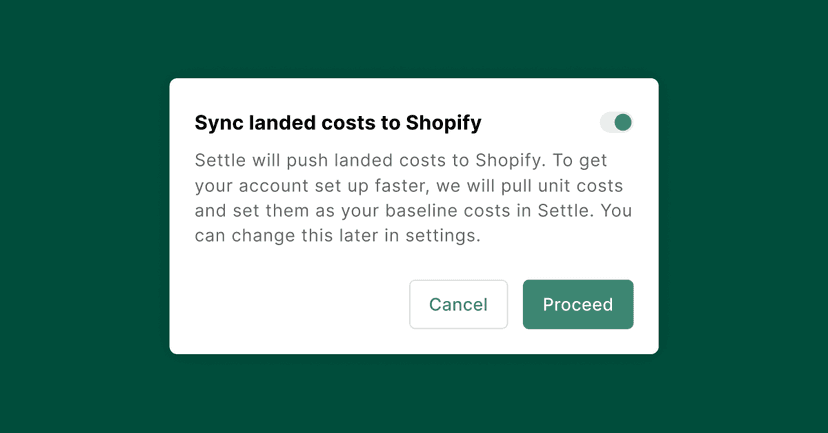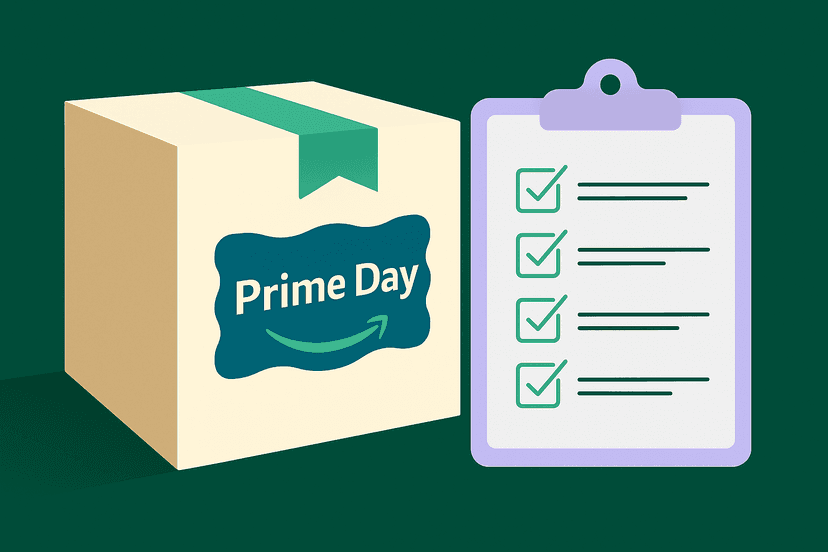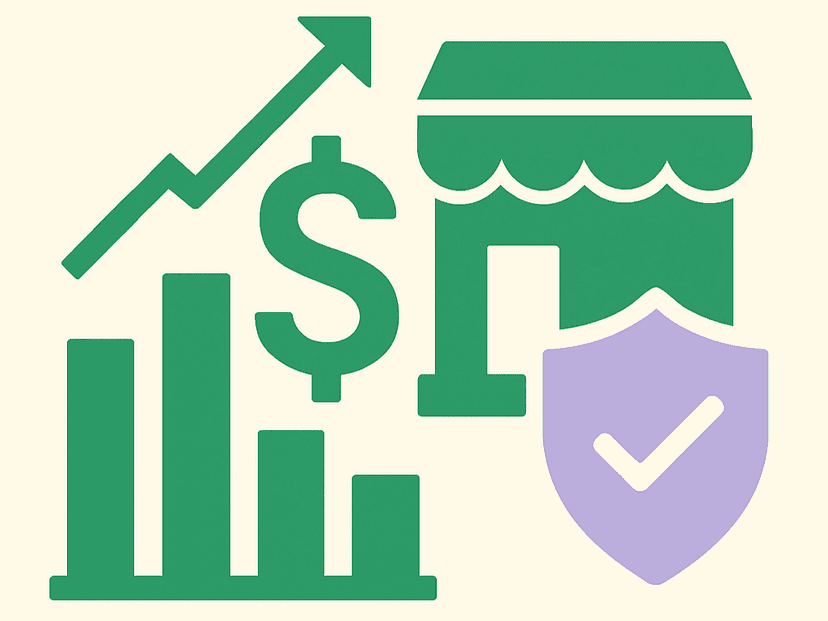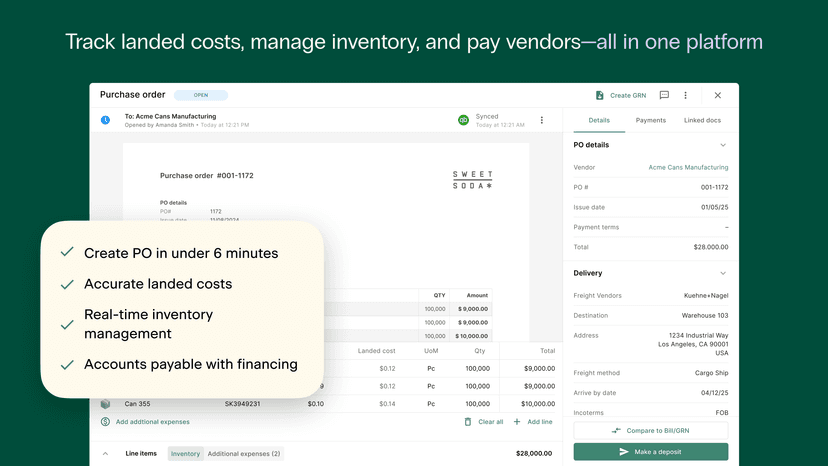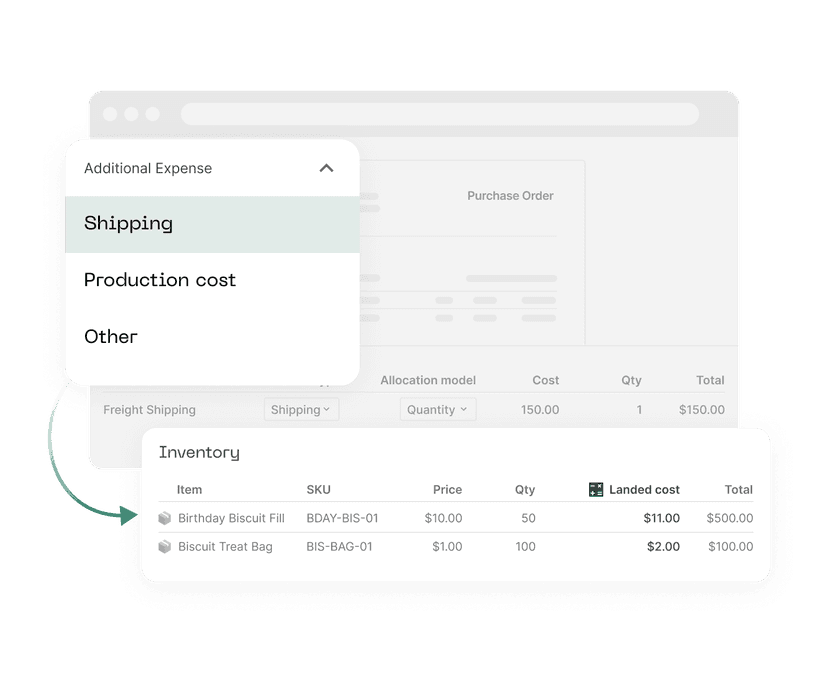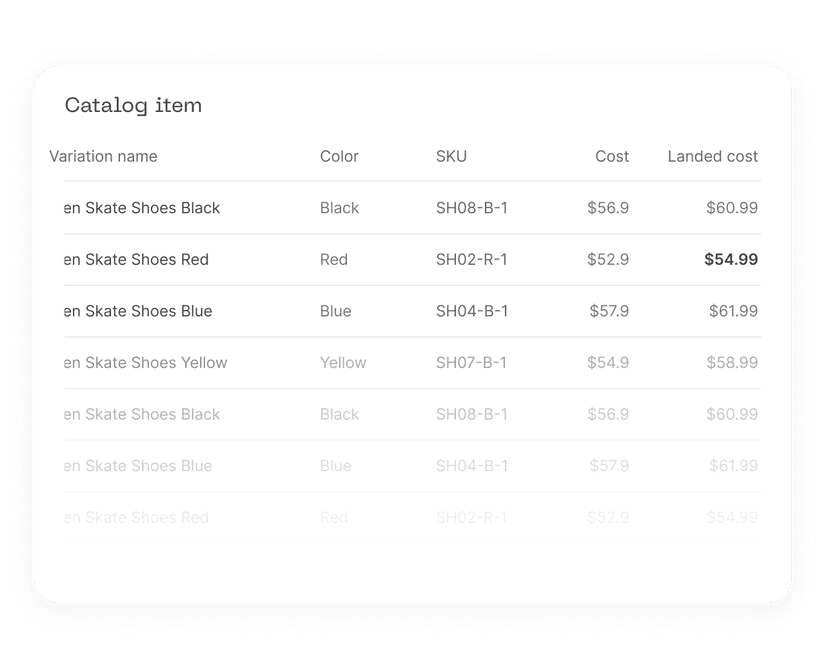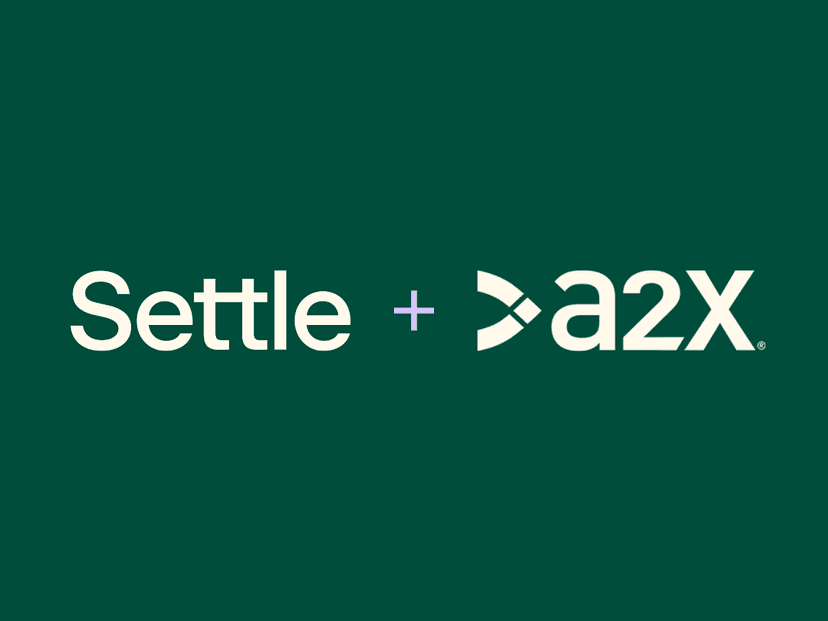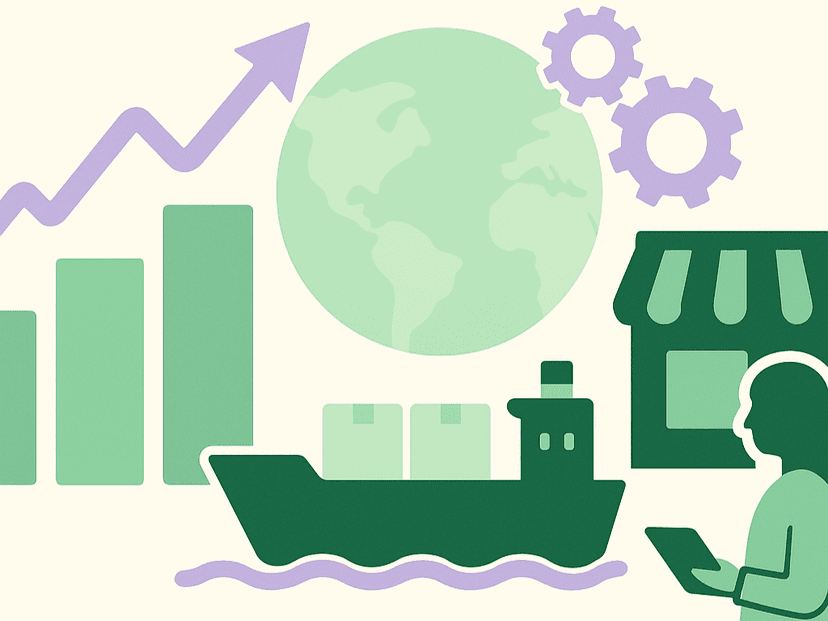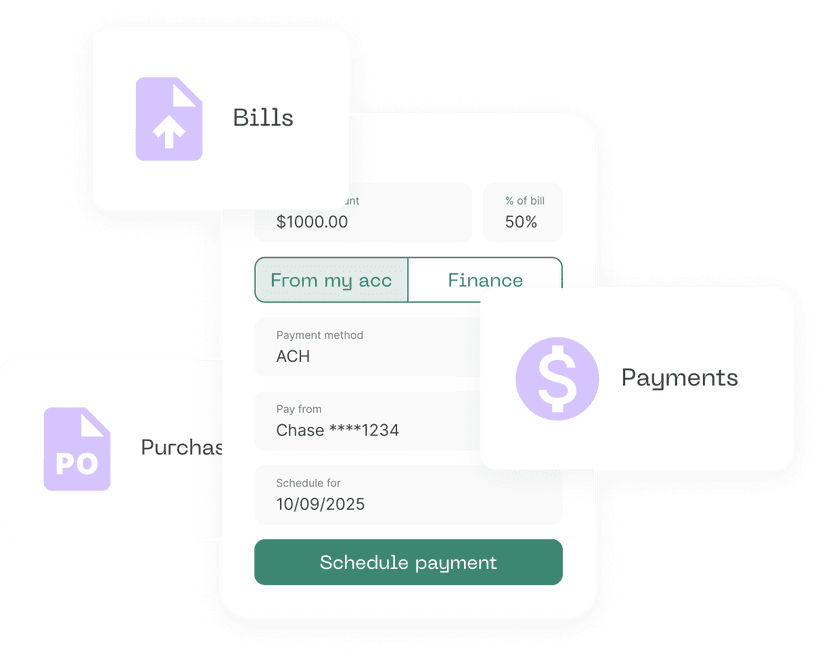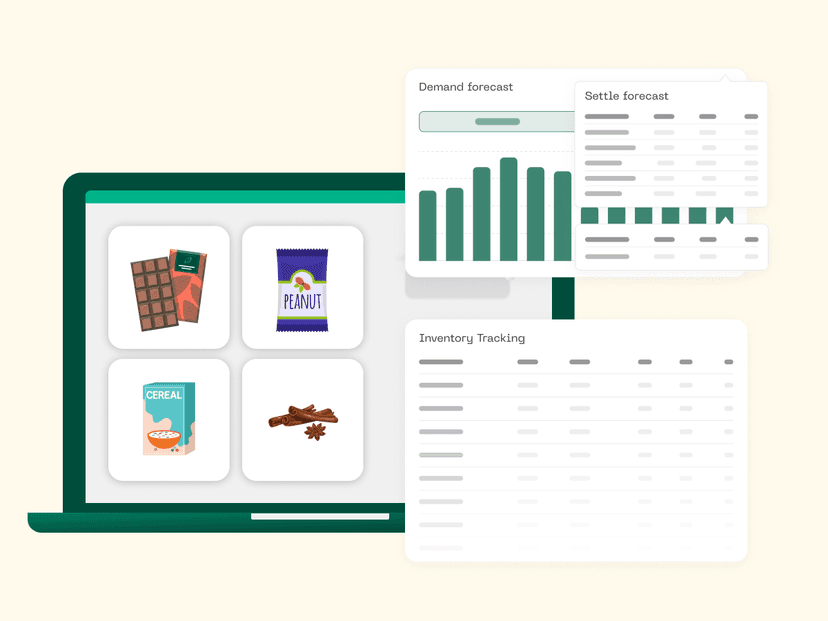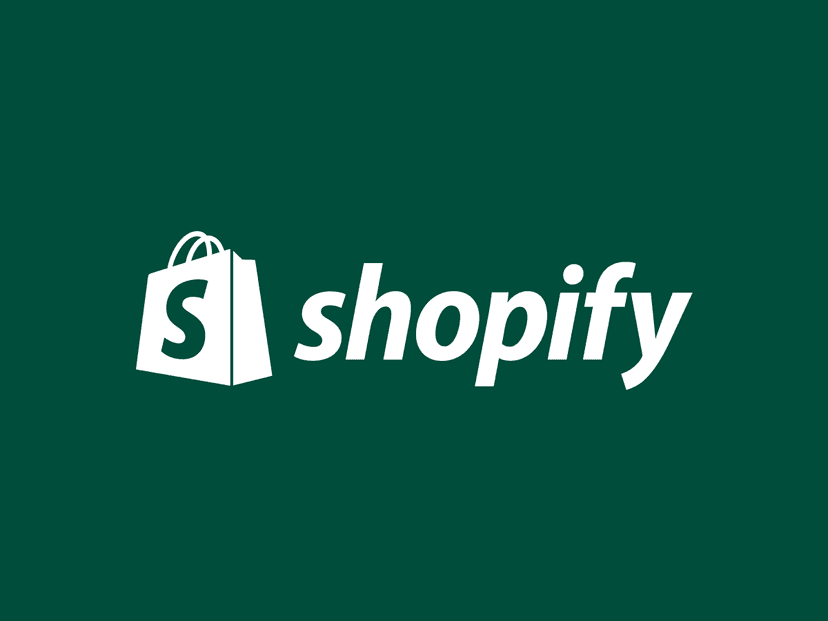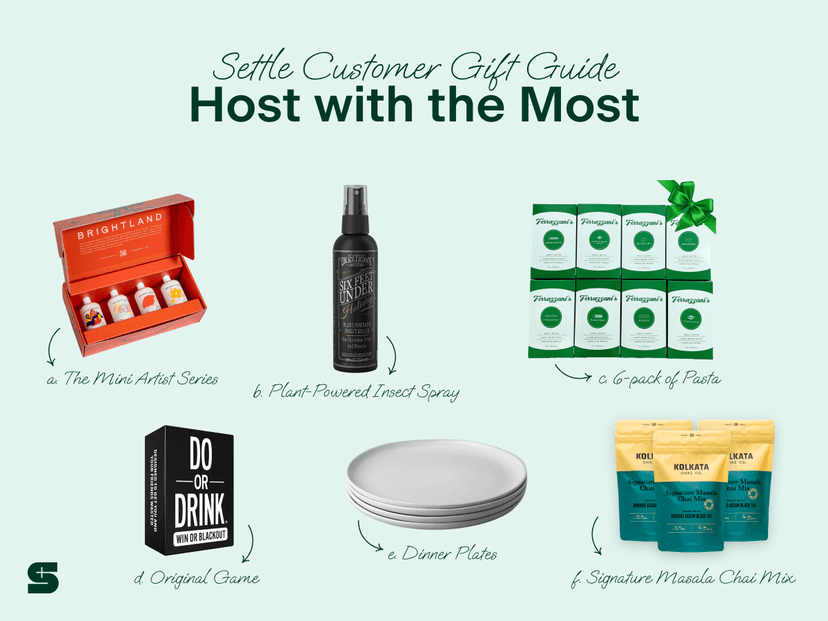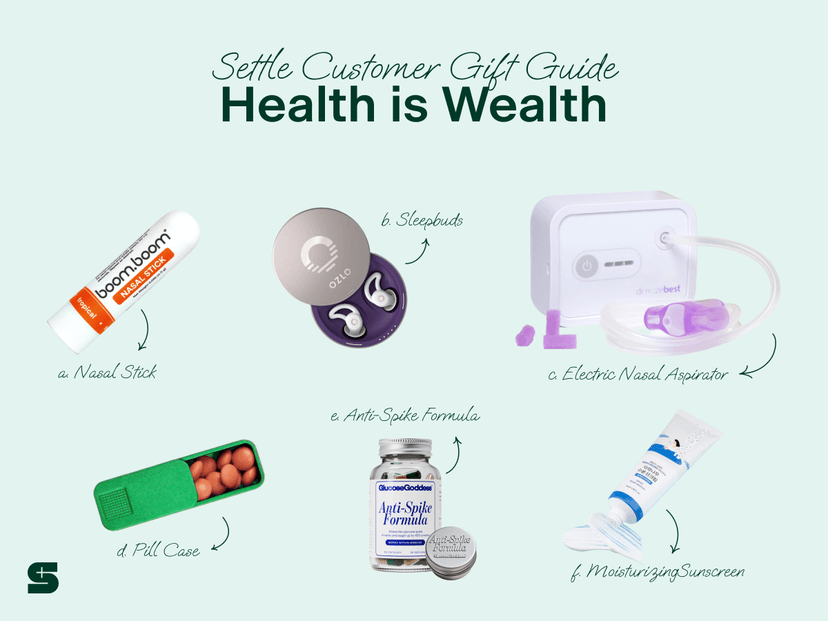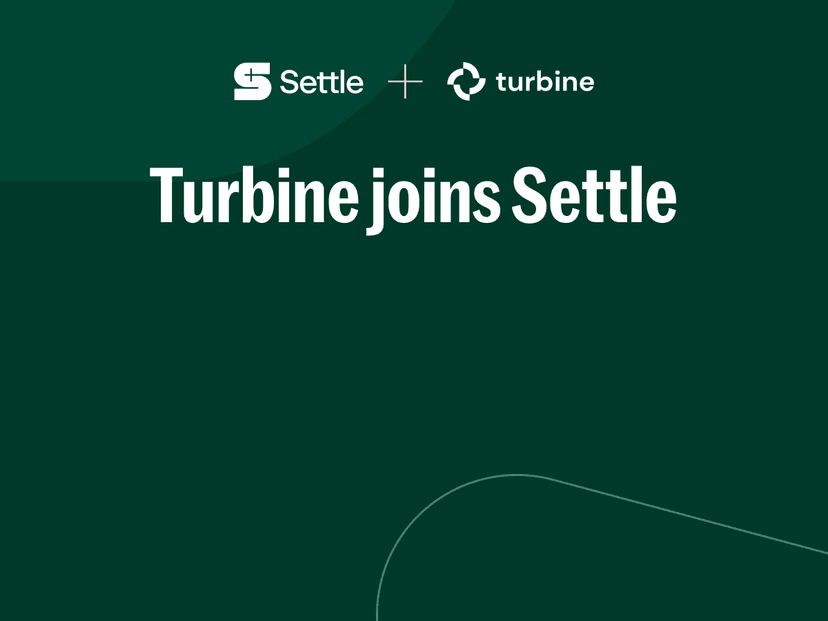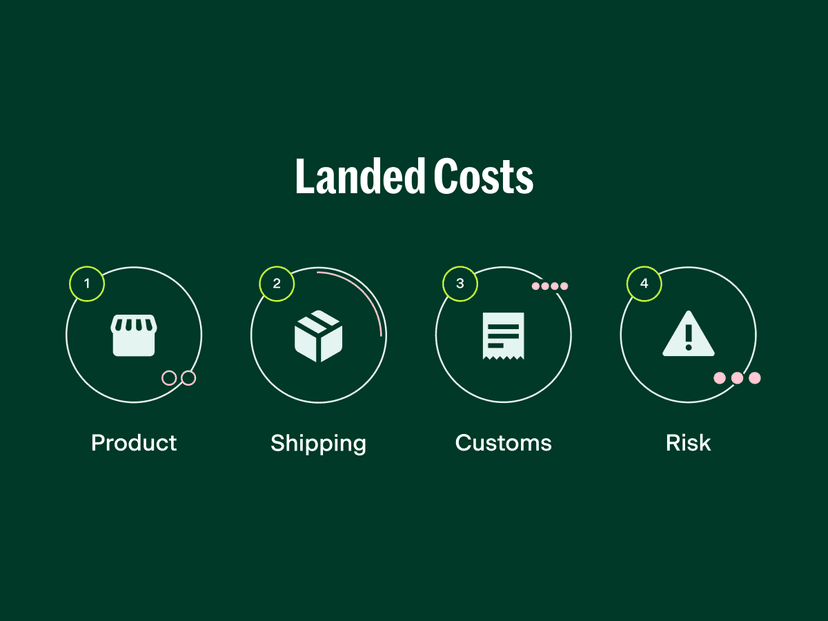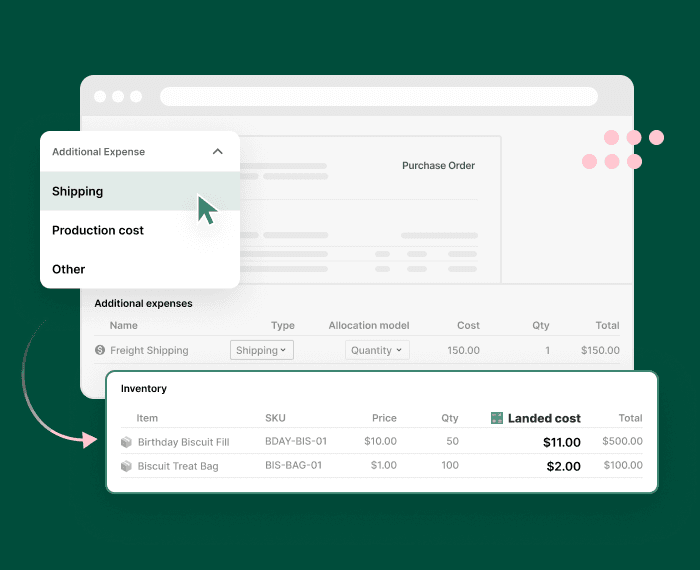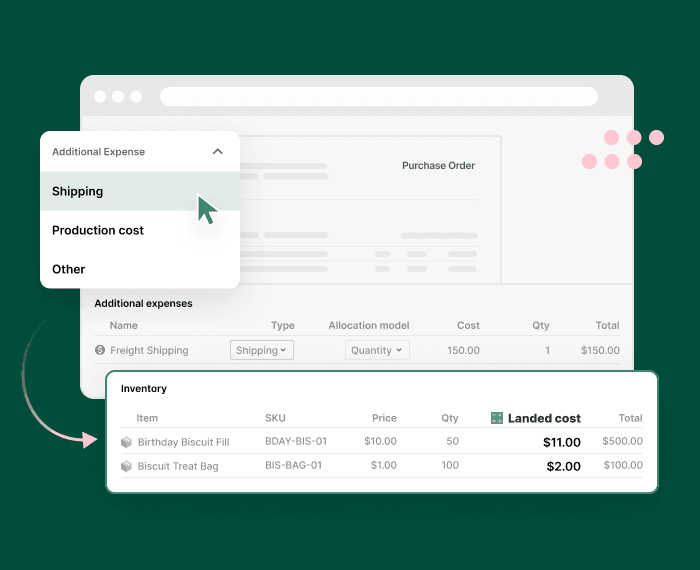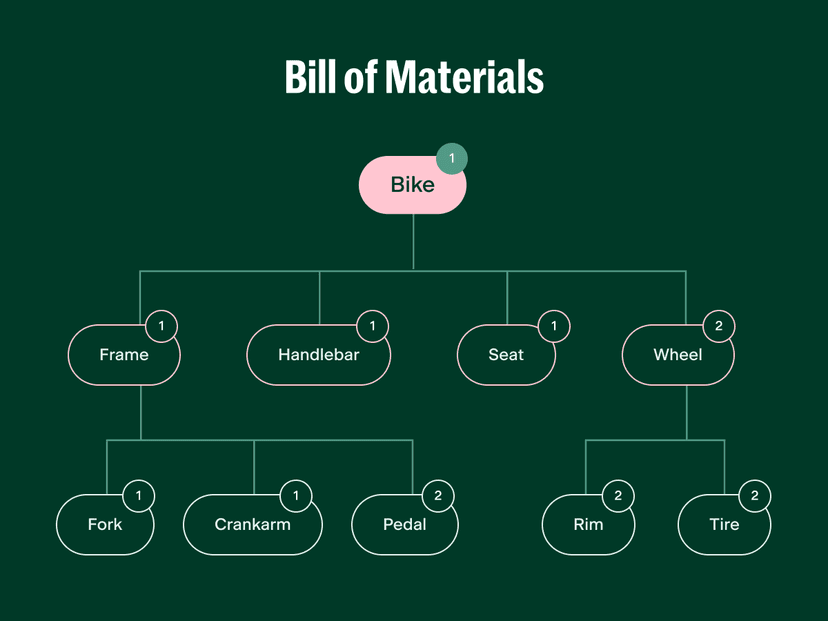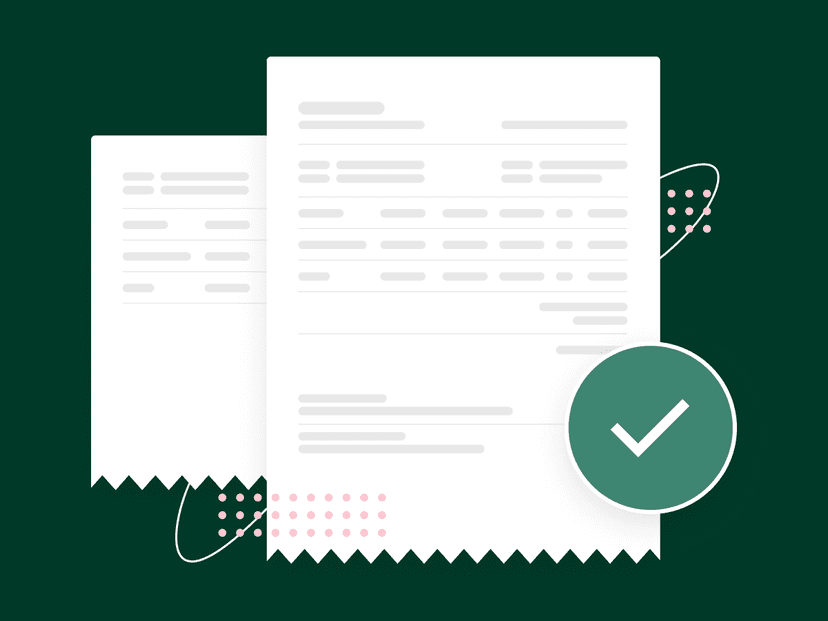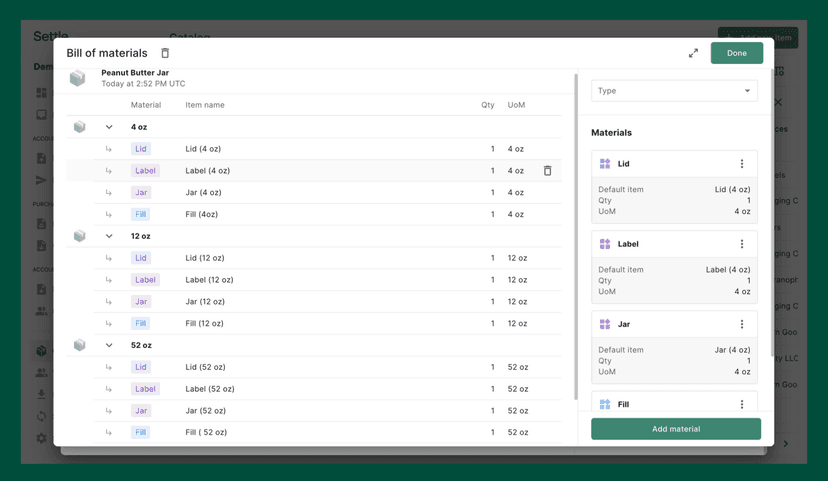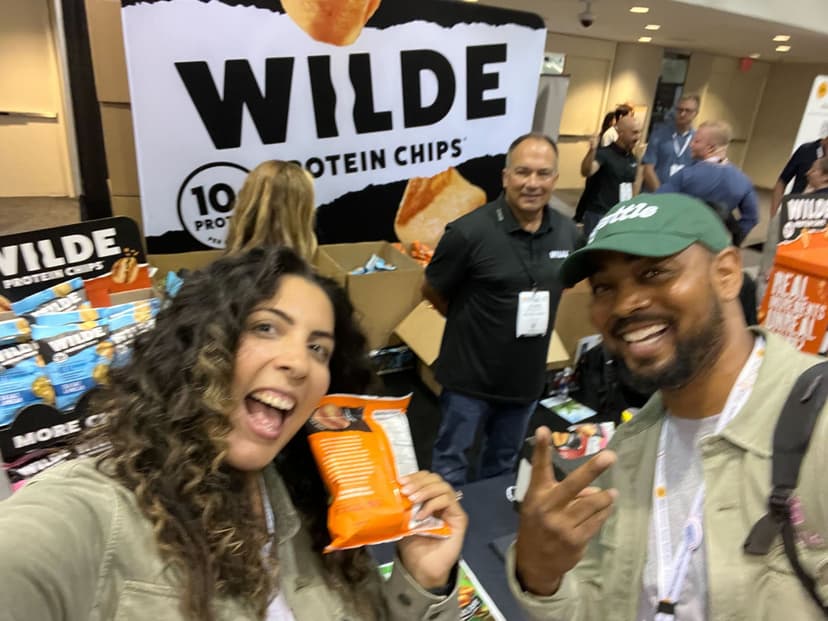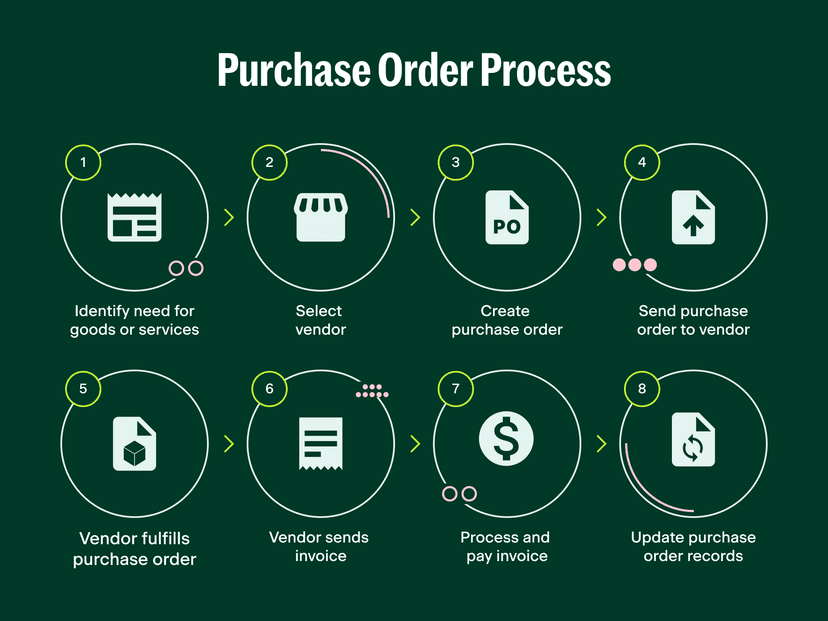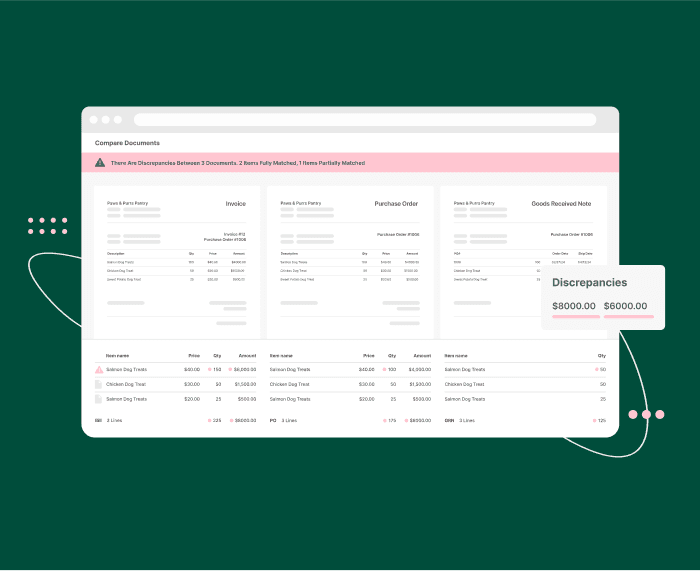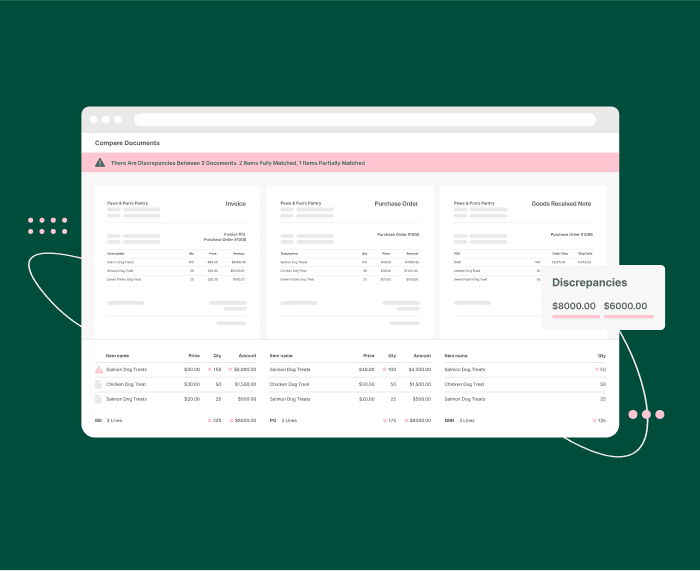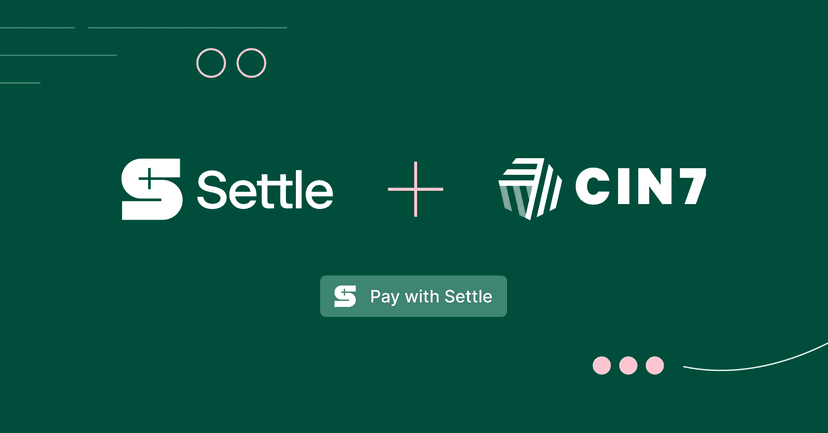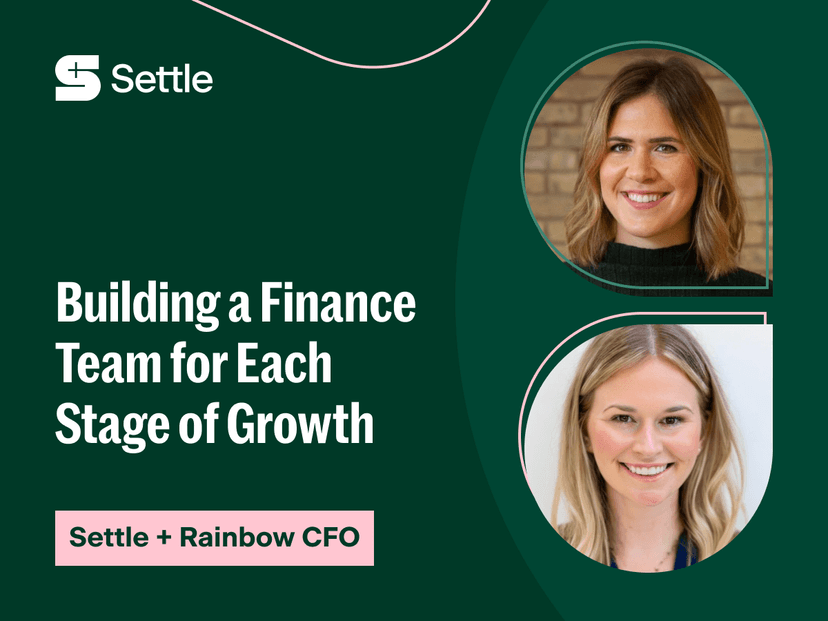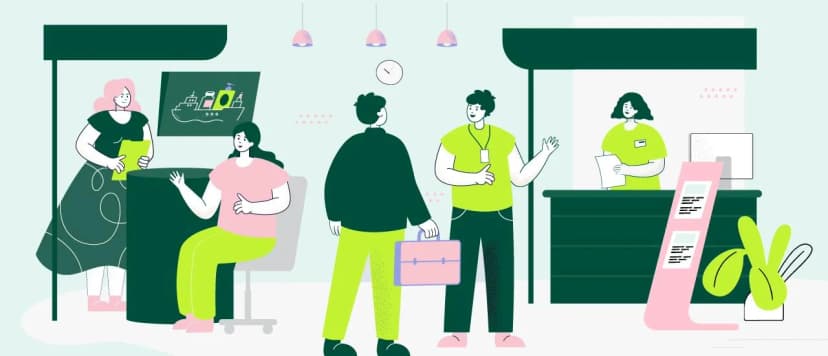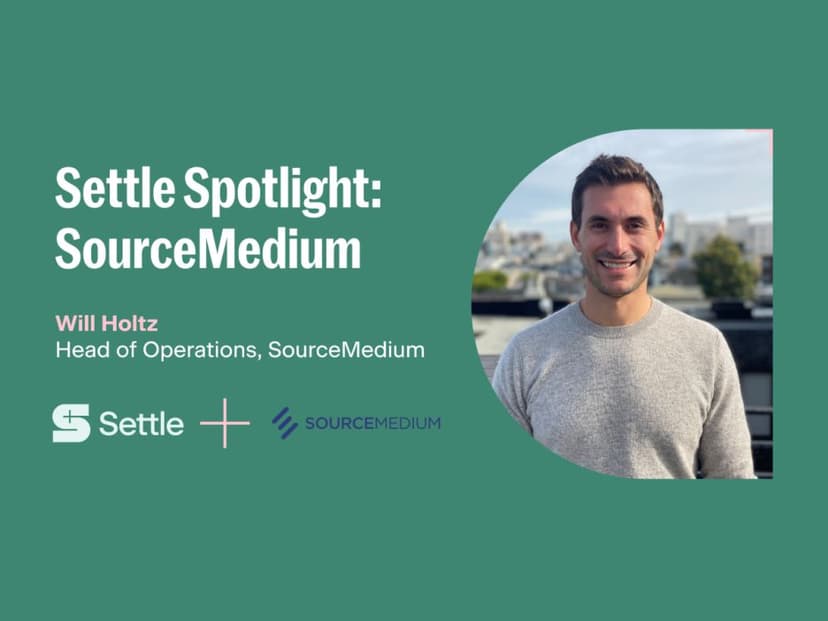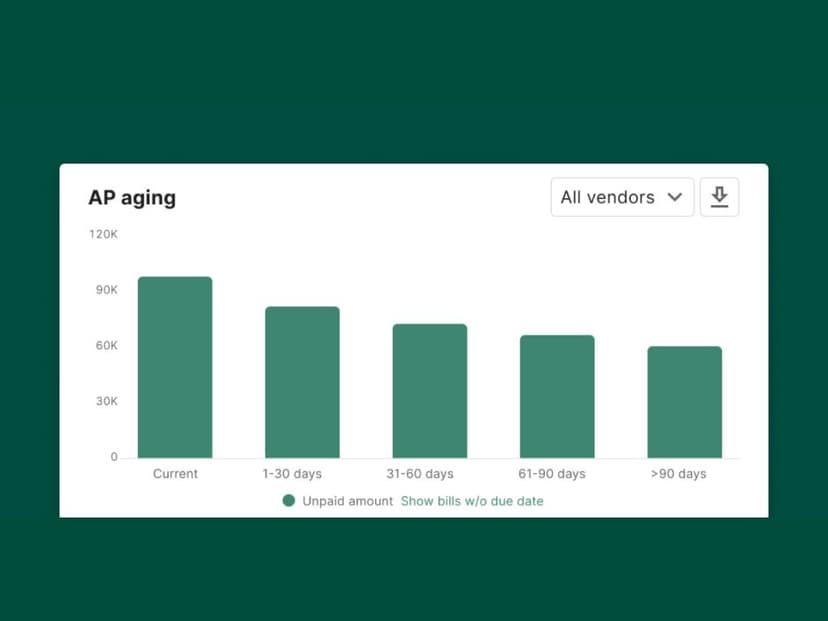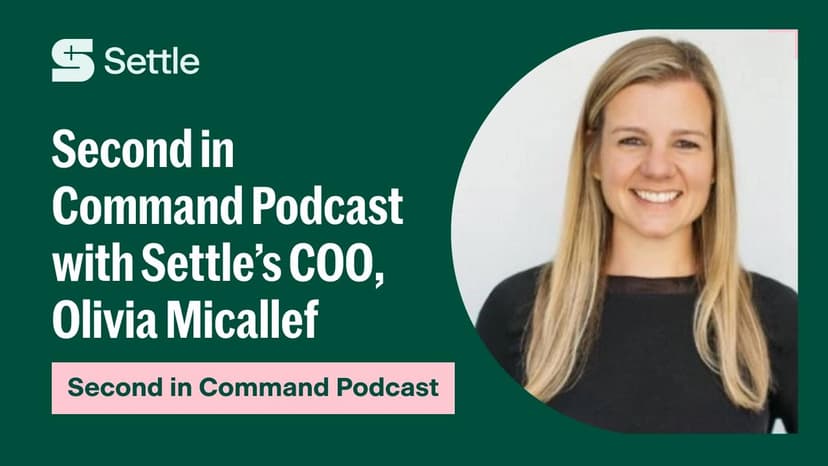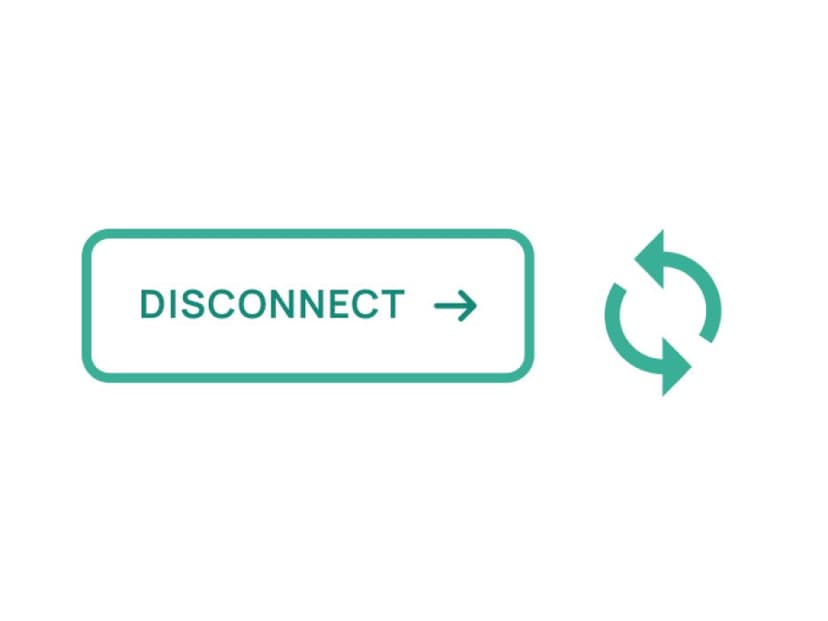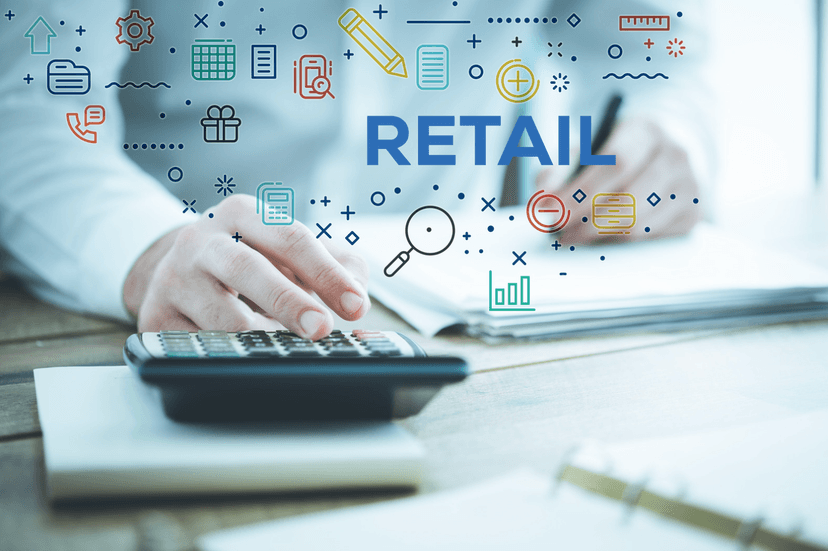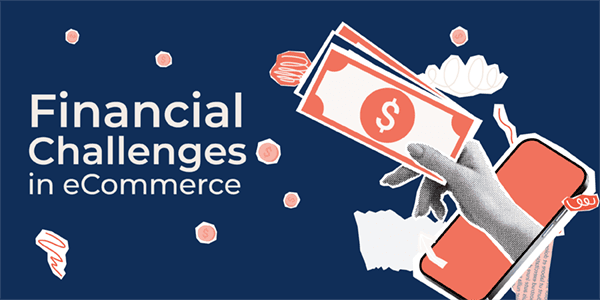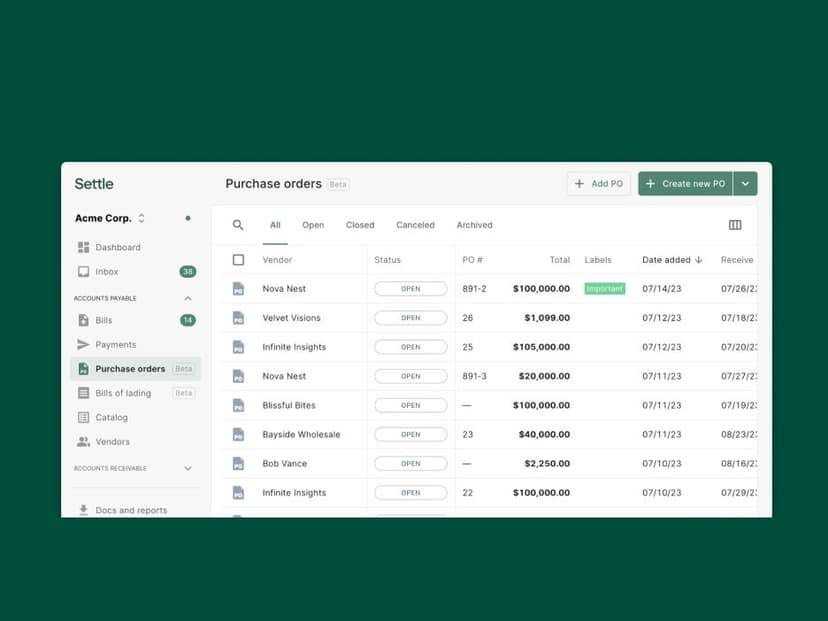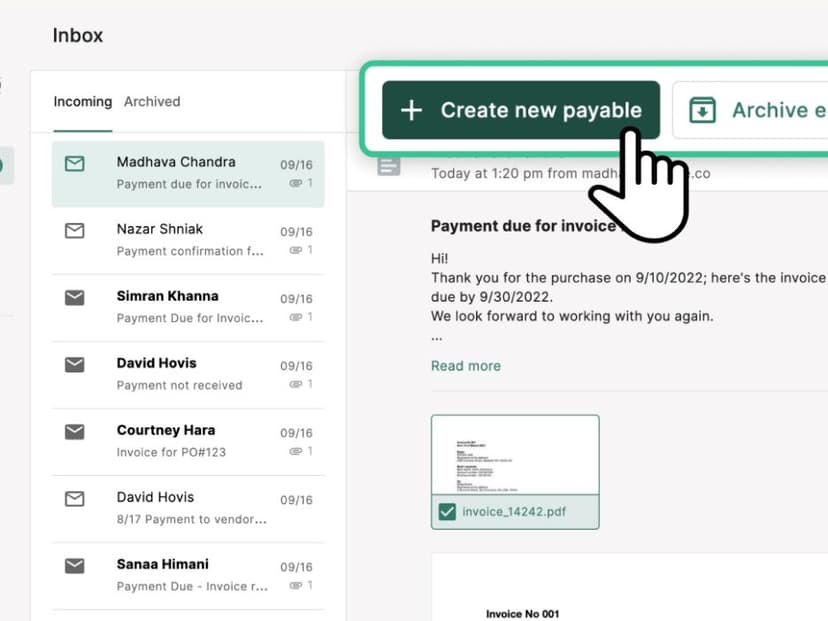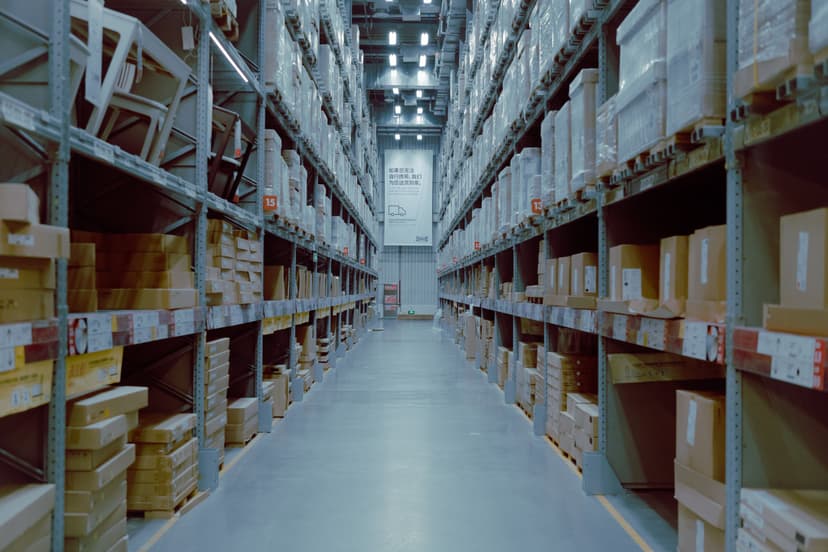It’s a new year, which means it’s a great time to think about how you can get a competitive edge in 2024. To do that, you need a nuanced view of who your customers are and what they’re buying, but getting an accurate understanding of business performance can be challenging when you have multiple channels, geographies, or product lines. In this month’s Settle Spotlight Series, we chatted with Will Holtz from SourceMedium, about how interconnected data can be a superpower for brands in hyperscale mode. SourceMedium’s data infrastructure platform provides brands with advanced reporting and data activation solutions. They partner with top omni-channel customers such as Oats Overnight, Chomps, Catalina Crunch, Neuro Gum, Proven Skincare to Olipop.
Anna: Hi, Will! Thanks so much for taking the time to speak with me today. To kick things off, I’d love to hear the SourceMedium founding story. How did the company come to be?
Will Holtz: Yeah, it’s a really interesting story, especially since I was actually one of the first customers, so I knew it from a very early stage. But initially the founder, Fei, came from a background in e-commerce. He had been VP of Product and Data for a business called Resident Home, which is a big portfolio company of home goods brands, including Nectar mattresses. During that time, they were hyperscaling from seven to nine figures in one year, and Fei found that the biggest competitive advantage for them was just how quickly they were able to analyze their data and act on it.
They were increasing geographies, product categories, selling in multiple stores, but they were basically locked in spreadsheets and were falling behind as a result of their reliance on static data. So they began a journey of building their own internal data infrastructure, basically jerry-rigging multiple SaaS products together. They also ended up hiring internal resources to manage all that, but even these data experts took a long time to activate that data because there were so many tools put together, and at the end of the day they found that the actual outputs weren’t even what they wanted. So long story short, they put a ton of investment into gathering a lot of data and building this internal infrastructure, but didn't really get the activation they needed out of that data. So they just went back to spreadsheets, and that state hasn’t really gone away for a lot of brands.
It's really hard to build a data team inside of a company that is focused on creating a product. Building products and building data infrastructure are two separate companies at the end of the day. That's basically how SourceMedium was born, from the idea of how do you put these tools together in a way that is a seamless package, versus wrangling multiple tools that need to be put together by people that actually know what they're doing. We’re productizing data into one package and then selling it to brands that are hyperscaling and have not only operational complexity, but also needs that are going to continue to evolve as they grow as a business.
Anna Briggs: That’s really interesting, Fei built out this whole internal data team and infrastructure and then realized that it didn’t work. So really SourceMedium is helping brands to avoid going down that path themselves. So how do you and the team think about your company mission?
Will Holtz: We want to help brands make better data-informed decisions to improve business efficiency and growth. What has changed for a lot of brands is that it’s not just about marketing performance data. There used to be this desire to acquire customers at all cost, but now it's more about how efficient you are with your spend, your cost, and having an aggregate set of views of your data, with enough depth to actually analyze your business. So the goal is really to help operators make data driven decisions to improve their business performance.
Anna Briggs: And what is your role at the company?
Will Holtz: I'm the Head of Operations—a very catch-all role. I joined as the first full-time hire outside of the founder Fei and came in to operationalize a lot of what was already built within SourceMedium. And since I was one of the first customers of the business, I definitely had a unique vantage point of looking at it from an operator’s lens. I could see how clients would want to use data to make decisions and find opportunities where we can continue to invest to serve the purpose of other operators using the product. So I typically cover lots of things from product development and thinking how we can expand our offering, to go-to-market strategy and figuring out how to bring on new customers and serve current customers on the account management side. I also handle the finance function since I used to work in finance. But really I do anything across the board that needs to be done, making strategic decisions for the company and then helping to actually execute with the rest of our cross-functional teams.
Anna Briggs: So you just do a couple of things. Easy breezy.
Will Holtz: Just a couple yeah.
Anna Briggs: From your point of view working at SourceMedium and as also a former CPG operator, what are some of the data challenges that brands might face as they start to enter that hypergrowth phase that they might not expect or even be aware of?
Will Holtz: It's a great question, and I would say when people are first starting their journey on the “data maturity cycle” as we like to call it, there are lot of great tools that are perfect for their use cases: Excel spreadsheets are still great, and so are Google Sheets. There are also a lot of great low-code tools, but the complexity starts to begin when you have multiple brands, multiple products, multiple geographies. At that point you're hyperscaling not only in terms of the growth of your business, but also the general complexity of what you're selling and how you're selling it. It’s at that point when you start to find holes in the set up and implementation, because a lot of products built around analyzing your business are one-size-fits-all. But you need enough flexibility to handle the complexity of your internal activities, in addition to the fact that most businesses are continuously going through different cycles of development. You have to have a data structure that is flexible enough to capture those changes, which is really hard to do if you're just doing it yourself. That's where having something like a data warehouse becomes really useful because even capturing data is inherently very difficult to do.
There's also data loss on some platforms, like Amazon. If you don't collect the data, then you can’t actually use or analyze it in the future. And that's true of a lot of other platforms, there’s a lot of siloed data, and if you don’t grab it and put it into a centralized place, then it's useless.
The third thing is when you start to have more internal teams actually using the data to make decisions, you want people speaking from the same source of truth. They need to be looking at the same definitions of revenue or marketing spend, for example. When people define things in different ways, they start to communicate differently and show inputs from different systems, and that’s when you start to get into trouble because you don't actually know the most accurate data in order to make key unified decisions.
Anna Briggs: That makes a ton of sense and definitely resonates with what we hear from our customers. You talked about your mission to help drive better decision making with data, which is definitely something that we think about at Settle when it comes to cash efficiency. What are some of the key strategic insights that brands are using SourceMedium to derive, or what are a few examples of how it’s helping with decision making?
Will Holtz: Yeah, you'd be surprised. I think the most common theme that we've seen is that people just want to simplify things. And basically that means just getting everything into one place: your core sales channels and marketing channels. But that's just the beginning. Let’s say you're selling on Shopify, Amazon, wholesale, and potentially retail, then you’re also selling on multiple marketing platforms: Meta, Google, Tiktok, and connected TV. Just getting all that data into a single unified view to look at blended cost per acquisition, for example, or MER (marketing efficiency ratio), and also defining revenue in the right way, becomes basically a full-time job. You need to know that you’re capturing all the transactions, separating out orders, etc. Just looking at what we call “clean data” takes a lot more effort, but it’s critical just to have a good understanding of true unit economics.
Where most people start is just looking at a blended view of their entire business and core set of channels. And then it evolves based on the key questions they want to answer about your business. Because we have a wide surface area of data, there are a lot of different questions that we can help answer. If you're a subscription business, for example, maybe you want to know what customers are buying when they first come through the door, then if they later buy a different pack size or a different product, how does that impact their customer journey and the whole subscription lifecycle. Just within that, there are about four different questions to answer, just as a subscription business, but if your north star is understanding the lifetime value of subscribers, you might want to know your first repeat purchase rate, or how product selection for the first purchase impacts lifetime value. Initial product selection can also impact customer acquisition cost, so you can dig into if you could bring in customers at a lower cost with a different product. Then how long does it take them to come back and buy that product again? What product did they actually buy the second or third time they came back?
So there are tons of questions in just that one example, and you can do all that analysis in SourceMedium because all of your data is connected. And I think that’s the most important part of what interconnected data allows you to do. Interconnected data requires engineering resources to connect and maintain different integrations to pull together a single transaction, or customer profile, and then to define a single source of truth so that you can have a shared understanding with your team of what’s going on in your business.
So I can’t really answer your question about the most common questions we can help answer, because it’s so business specific, but having that connected data infrastructure allows brands to focus on what’s most important to them.
Anna Briggs: Got it, so you give brands the ability to get this blended view of their business performance which is really powerful, then dig into not only the unit economics but also the lifetime value of customers and some of these different buying behaviors. So how do you think a brand can use SourceMedium as a competitive advantage?
Will Holtz: It's a great question. It's kind of a two-way street, because SourceMedium as a product is not going to automatically give you every answer to every question. SourceMedium is the data infrastructure that allows you to answer questions that you know you need to ask. When you get set up with the product, you’re going to have visibility across the entire business that you haven’t had before. What we try to do is tease out the use cases you want to solve for and focus on. So the big exercise is working with brands to become more data driven by asking the right questions. Showing them why data is the way it is, why certain transactions should be separated out, and how they’re impacting their core numbers, and show them the exact raw data that feeds into key decisions. Just building that trust and confidence in the numbers is such an important step and competitive differentiation.
Maybe you're not surprised, but most people previously have been relying on Google analytics or their Shopify sales report that they think are actually accurate, but if you peel down layers, they’re just not. The numbers are 30% off. They're not collecting 20% of their transactions because they're not sending the right event data into Google analytics. Some people would argue—and I would have argued this when I first started as an operator—that having some data is better than nothing. But that 30% of the data could be the most critical part. So all of the sudden, as you scale, that gap continues to get wider and you continue to get signal loss from that. So that’s the most important part to using SourceMedium as an advantage, is understanding and trusting the fact that you have the data now, and can start making better decisions by knowing what to actually ask.
Anna Briggs: Yeah, ultimately that will help you be more efficient not only with your time, but also where you're investing dollars into your product and promotion and all of that. So in that way SourceMedium and Settle are really aligned on how we think about helping brands be more efficient with their resources as they scale. How do you see these two tools complementing each other?
Will Holtz: I think the whole point around data in general is that it needs to be interconnected because every decision that you have across the business should be interconnected. The marketing team needs to talk to the operations team and the finance team. Sometimes they're not, and that’s one of the opportunities that people can actually focus on—how do you start collaborating more effectively in decision making?
Let's say you’re starting to focus on merchandising and inventory planning, and looking at products that are selling really well for you. You need to get a view of how your performance is with those products—not just who’s buying them, but what will need to happen in order to finance them in the right way. And in order to finance them the right way, you’ll need to actually make the case that the economics make sense to your finance team. And so a lot of these cases of how to expand your business, how to leverage financing options like Settle, are going to be based on the insights you have in your decision making framework in SourceMedium. Then you have the marketing team, operations team, and finance team all working together—the data is available, visible, and ready to go.
When I’ve been in finance roles, and in a lot of ways I still am, I want to see the reasons behind the decisions we’re making today. And I feel confident that there is data to back up a decision, and not just someone's intuition, then I’m confident to load up on a certain product because I feel like the customers are going to buy it. And that’s really important—connectivity of data doesn’t just help you make decisions, it helps give you more confidence to spend and expand your business and continue on that growth path.
Anna Briggs: Absolutely agree with that. Okay, last question: how does an interested brand get started?
Will Holtz: It’s pretty simple. When you sign up, you give us access to your core set of integrations, which we have available on a free trial. Usually that’s Shopify, Amazon, and some of the core marketing integrations. It takes less than five minutes to get onboarded. Then we’ll ingest your data and provide you a dashboard or dashboard template that shows you the different pieces of the data, or if you're a little more technical as a team, we’ll provide you the actual transformed data. That just depends on who you are—are you more of an operator or is it a data person on your team. After that, it's pretty seamless. You have a 14-day free trial to get in and learn about the product, learn about us, and then if you want to move forward you’ll continue to integrate more data sources and you'll be on your way with us as a customer.
Anna Briggs: That’s great, super easy. Thanks so much, Will! Great to chat with you today.
Disclaimer: Opinions expressed in the interview belong solely to the individuals and do not necessarily reflect the views of Settle Inc. or its affiliates.